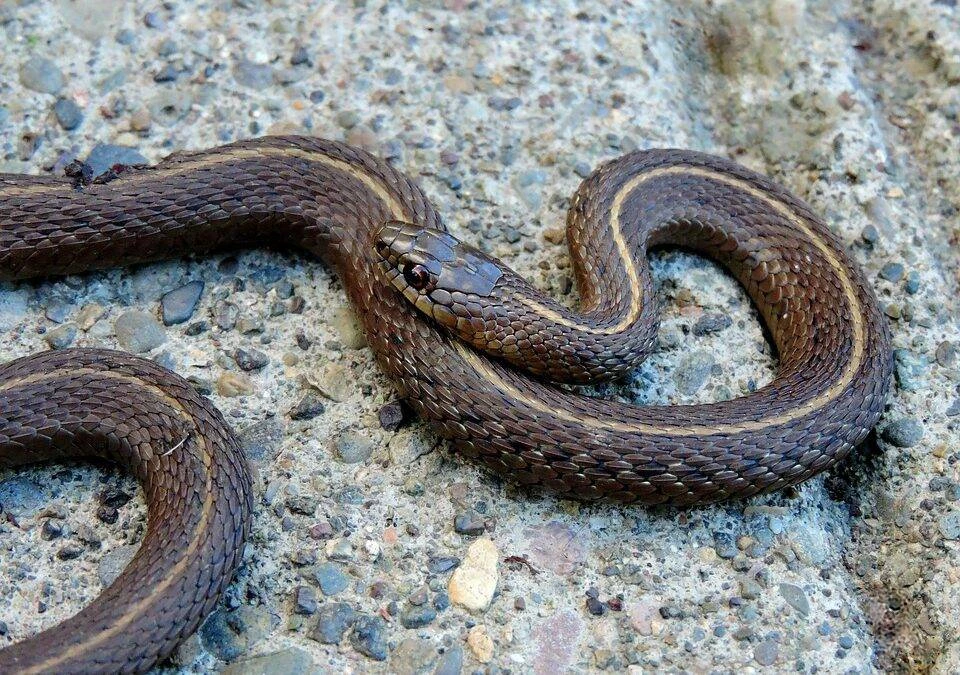Snakebite First Aid for Lexington Kentucky Residents
Lexington, Kentucky is a beautiful city known for its vibrant culture and stunning landscapes. However, living in such an area comes with its fair share of risks, one of which is the potential for snakebites. While snake encounters are relatively rare, it is important for Lexington residents to be prepared and informed on how to handle a snakebite emergency.
Identifying Snakebites
Snakebites can occur when humans accidentally come into contact with venomous snakes. In Lexington, Kentucky, residents may encounter venomous snakes such as the Copperhead or Timber Rattlesnake. It is crucial to be able to identify these snakes to ensure proper treatment. Copperheads are known for their distinct dark brown or reddish-brown color with hourglass-shaped markings, while Timber Rattlesnakes have a pattern of dark brown or black bands across their bodies.
If you or someone around you has been bitten by a snake, it is important to remain calm. Panicking can increase the heart rate, causing the venom to spread more quickly.
Seeking Immediate Medical Attention
After identifying a snakebite, it is essential to seek immediate medical attention. In Lexington, Kentucky, residents should call 911 or go to the nearest hospital as soon as possible. Even if you believe the snake may be non-venomous, it is always better to err on the side of caution and seek professional medical advice.
While waiting for medical help, it is important to keep the affected area below heart level, if possible. This can help slow down the spread of venom through the bloodstream. Do not attempt to suck out the venom or apply a tourniquet, as these methods have been proven ineffective and may cause further harm.
Monitoring Vital Signs
While waiting for medical assistance, it is crucial to monitor the victim’s vital signs. Keep an eye on their breathing rate, heart rate, and blood pressure. If any changes occur, such as difficulty breathing or a drop in blood pressure, report them immediately to the medical professionals.
It is also important to observe the progression of symptoms. Take note of any swelling, pain, or discoloration around the bite area, as well as any systemic symptoms like nausea, dizziness, or muscle weakness. This information will be valuable for the medical team when determining the appropriate treatment.
Preventing Secondary Infections
Snakebites can introduce bacteria into the wound, increasing the risk of secondary infections. To prevent this, it is essential to keep the bite area clean and covered until medical assistance is available. Use clean water and mild soap to gently cleanse the wound, being careful not to scrub or aggravate it further.
Apply a sterile bandage or clean cloth to cover the bite, ensuring that it is not too tight to restrict blood flow. This will provide some protection against dirt and bacteria until professional medical help can be received.
Contact Us for Help
If you find yourself or someone you know in Lexington, Kentucky, facing a snakebite emergency, do not hesitate to contact our professional wildlife control team. Our experienced experts are trained to handle snakebite incidents and can provide immediate assistance. Remember, snakebites can be life-threatening, and it is crucial to seek professional help as soon as possible.
Call us at [Phone Number] or visit our website at [Website URL] to learn more about our snakebite first aid services. Your safety and well-being are our top priorities, and we are here to help you in any wildlife-related emergency.

